Nanomaterials design
Porous nanostructures
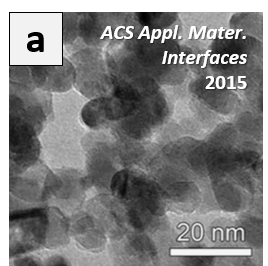
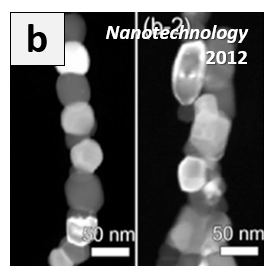
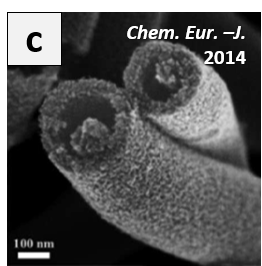
<Nanoparticles> <Nanofibers> <Tube-in-tube fibers>
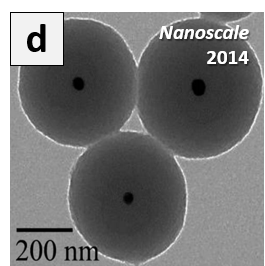
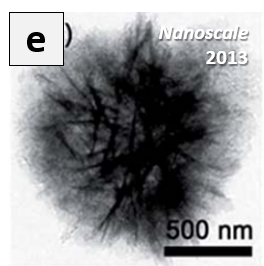
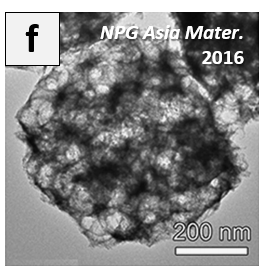
<Core-shell spheres> <Hierarchical spheres> <3DOM spheres>
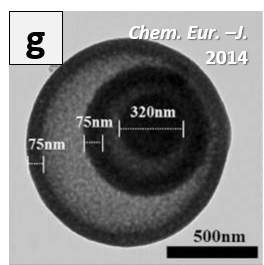
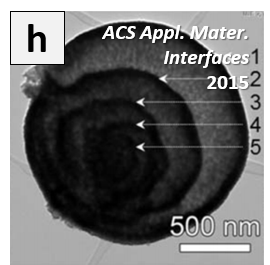
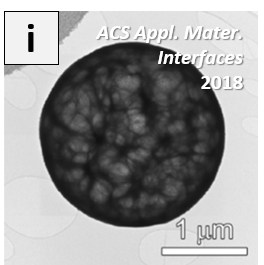
<Yolk-shell spheres> <Micro-reactors> <Multiroom spheres>
- Porous nanostructures with well-defined pore structures and high surface-area-to-volume ratio, are
widely used in the applications of gas detectors, biosensors, Li-ion batteries, solar cells, and etc.
- Our laboratory focuses on the development of novel porous nanostructures with high functionalities
by using various synthetic strategies such as ultrasonic spray pyrolysis, hydrothermal synthesis,
electrospinning, and flame spray pyrolysis.
2D ultrathin nanosheets
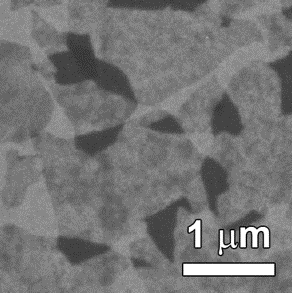
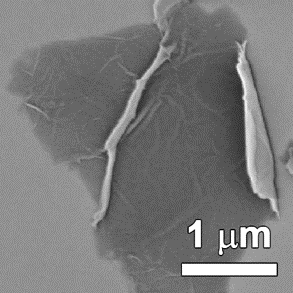
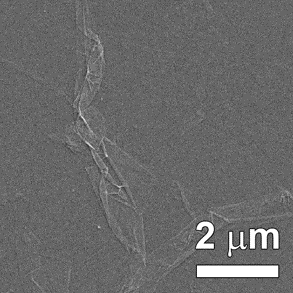
<Graphene oxide> <reduced graphene oxide> <TiO2>
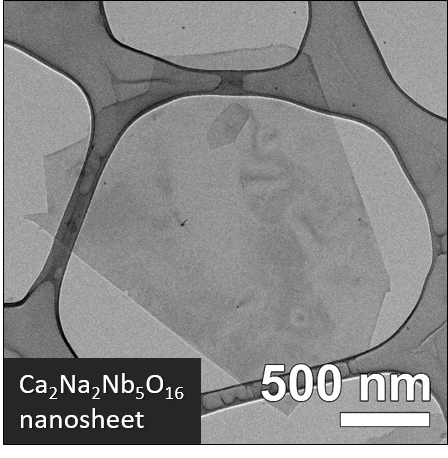

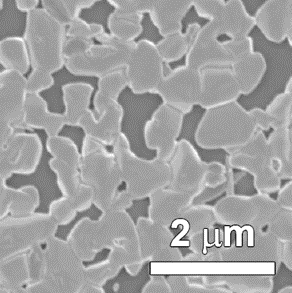
<Ca2Na2Nb5O16> <Superlattice> <Composite film>
- 2D nanosheets with ultrathin geometry have a high surface-area-to-volume ratio and unprecedented
electronic properties. When stacked vertically, electrical characteristics become tunable and thus can
be used in gas sensors, photodetectors, random access memories, and piezoelectric transducers.
- Our laboratory designs graphene oxides, reduced graphene oxides, metals, metal oxides nanosheets
and their composite/superlattices for diverse applications.
Surface engineering at nanoscale
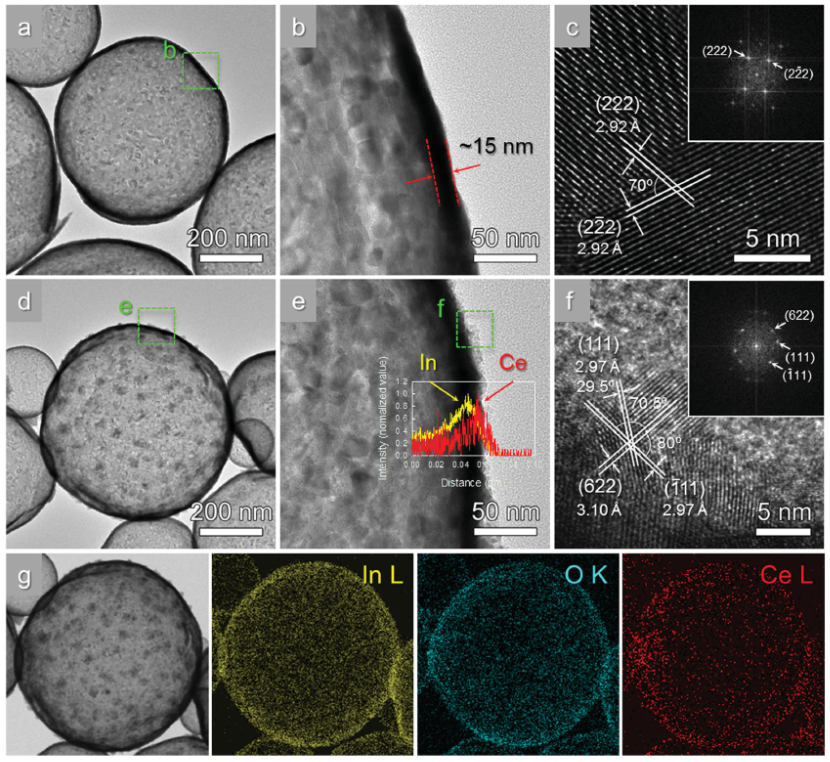
<Decoration of nanoclusters on the surface of hollow spheres>
- All the solids have surfaces that cover bulk materials. The surface is an interface to the surrounding
environment, which greatly affects material properties such as chemical, electronic, corrosion-resistant
properties. Thus, it is very important to design material surfaces with functional nanomaterials.
- Our laboratory explores surface nanoclusters and their functionalization methods for sensors and energy
device applications.
